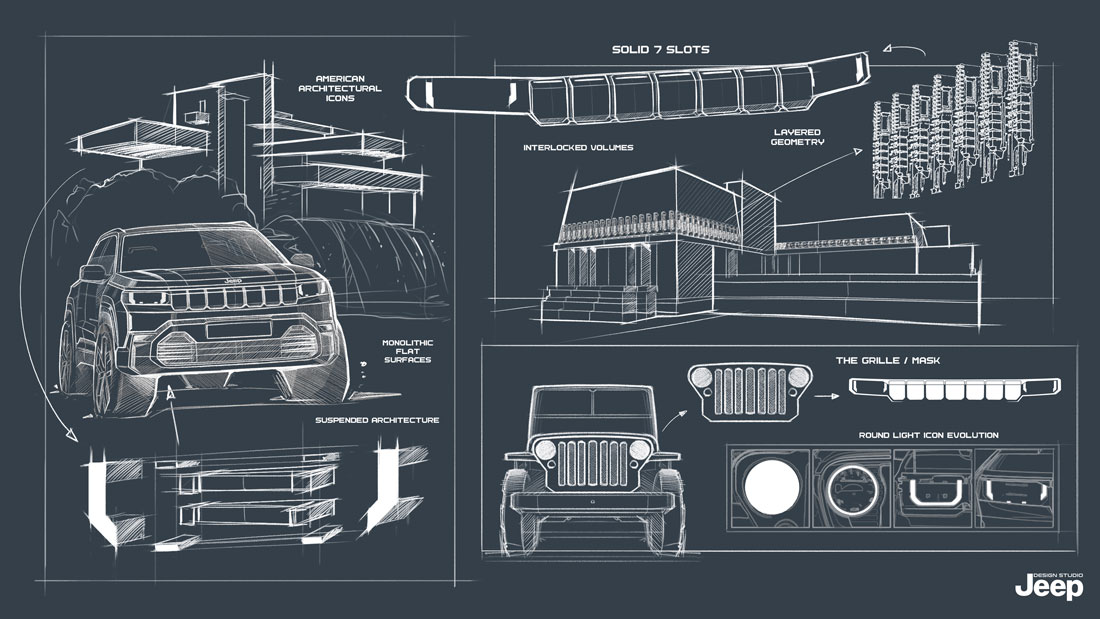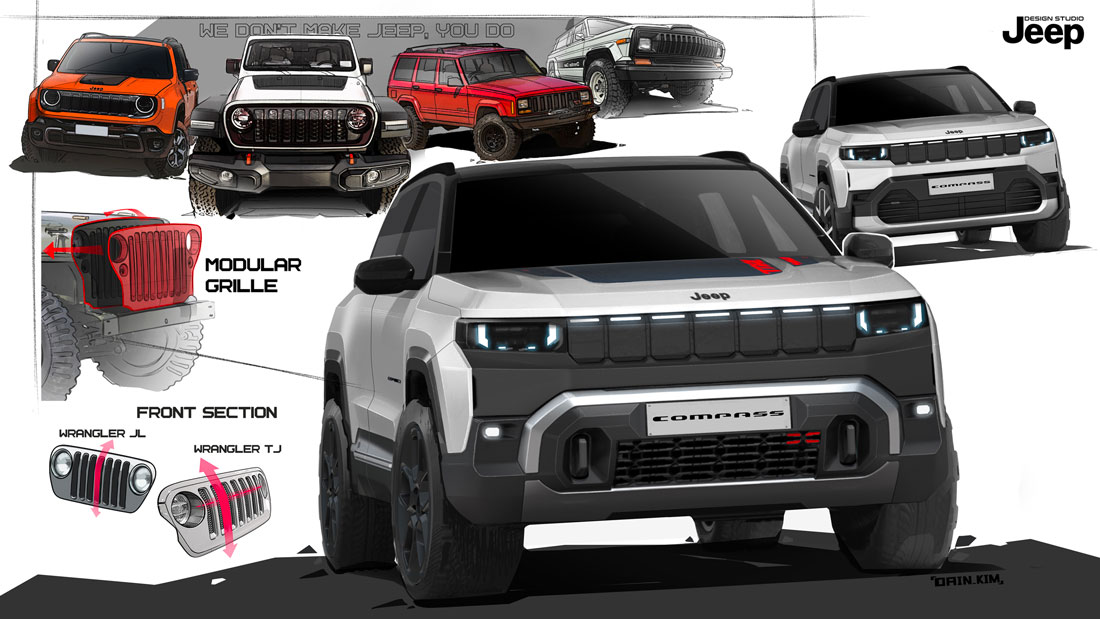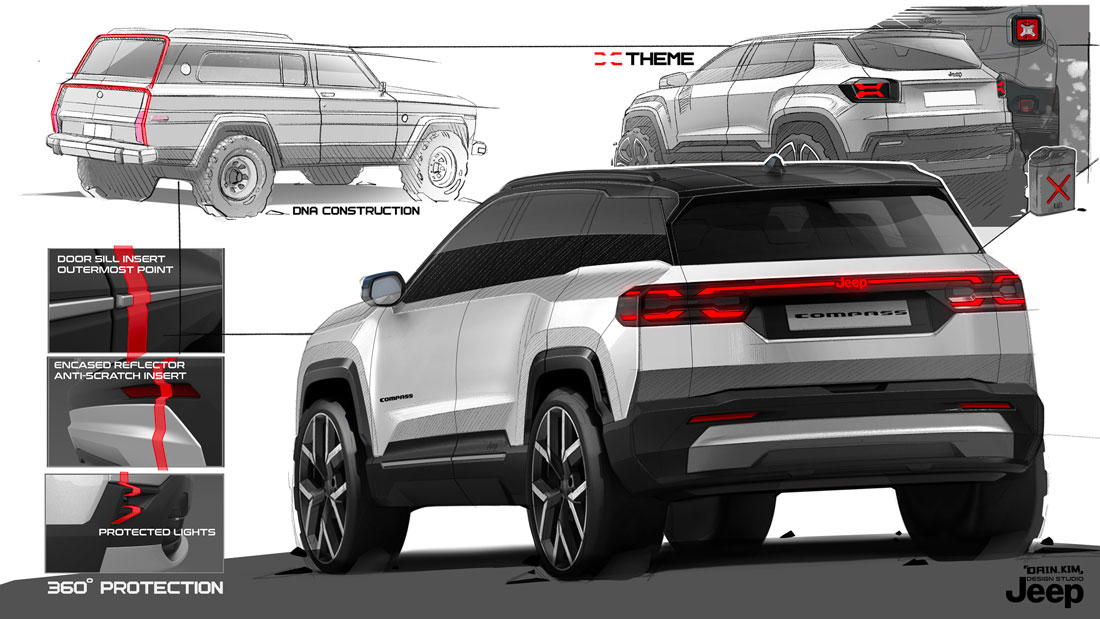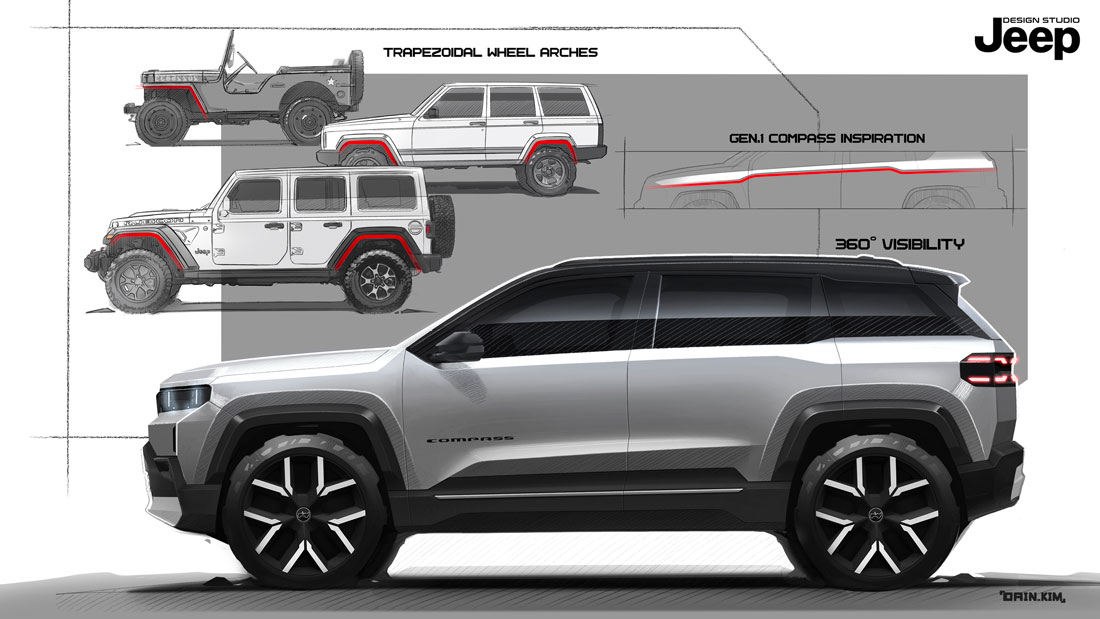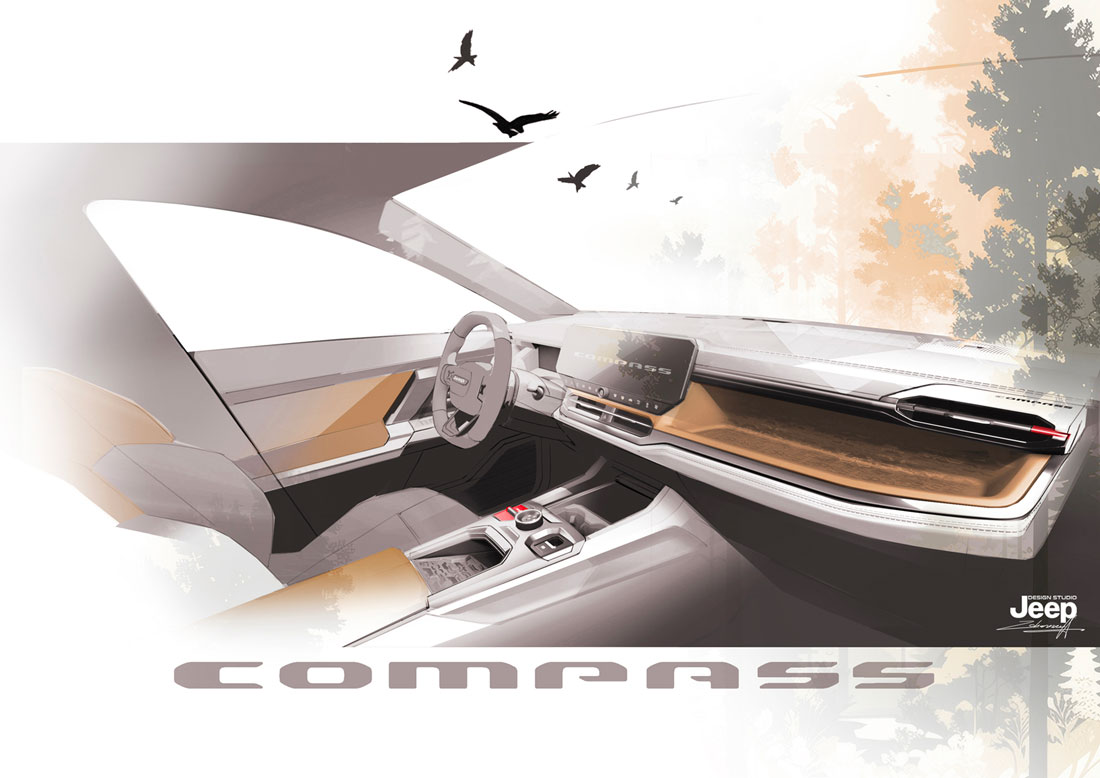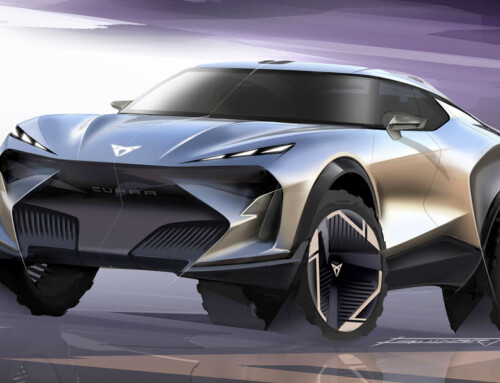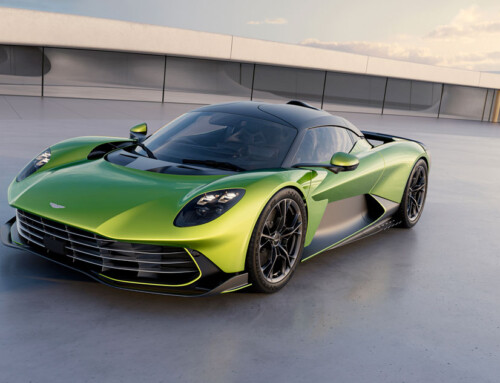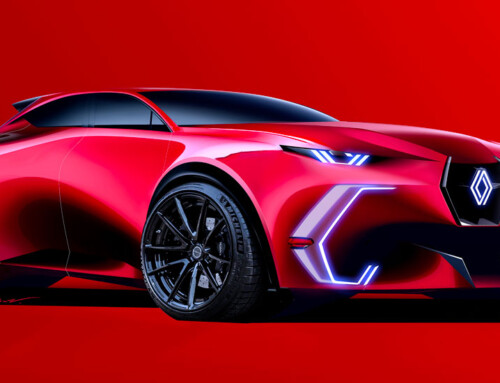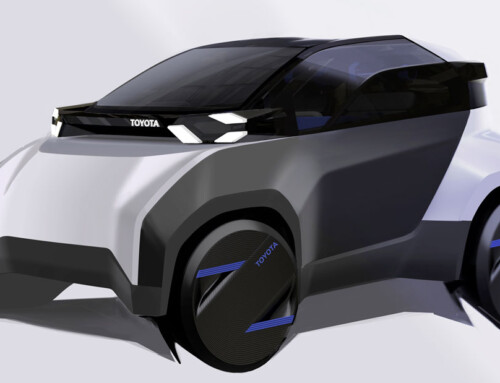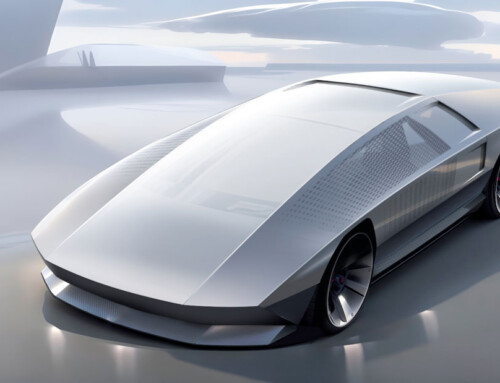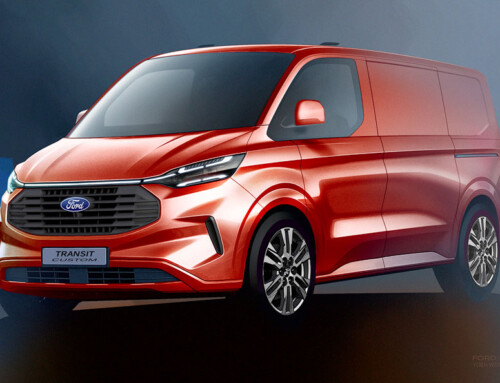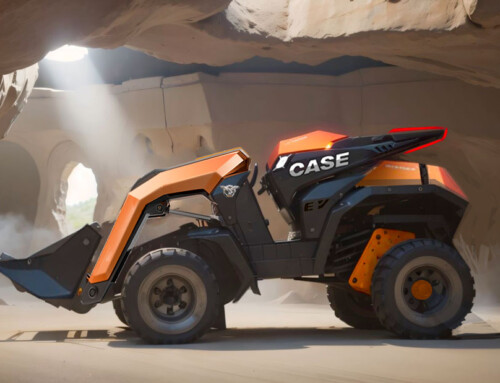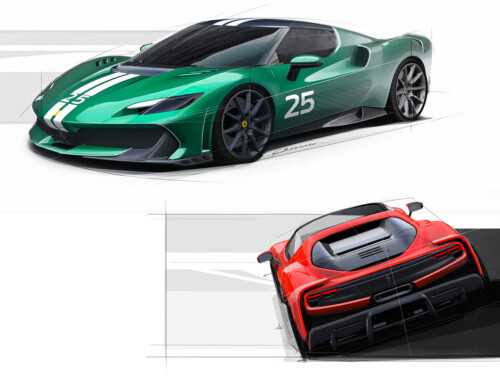The most seriously American brand in the Stellantis portfolio, Jeep has become a symbol of cross-continental collaboration, linking the automotive powerhouses of Detroit and Turin in a unique design partnership. This is why Ralph Gilles, Stellantis Chief Design Officer for North America, describes the new Jeep Compass as an “Italian story”. “The Compass is a global model, but its success in Europe has been astonishing. So it made perfect sense to entrust the entire third generation project to Daniele’s team. It had to be designed on a European platform, something they know all about and which they could leverage to the full.”
Global competition
Daniele is Daniele Calonaci, head of Jeep Design for Europe, and the platform the new model is based on is the STLA Medium. As always, Gilles points out, “in the initial sketching phase, global competition raged between our design centres. The team in Italy won the assignment with a design that makes the Compass more evolved and mature, ushering in a whole new design language for Jeep”.
The package as a starting point
This design overhaul began with a global survey aimed at gathering feedback from customers, a category to which Calonaci – a great Jeep enthusiast who drives a Wrangler every day and goes off-roading with his family in his spare time – belongs in his own right. “Everyone asked us first and foremost for more space on board, so we obviously started with the proportions”, explains the Italian designer. “Given the new platform, we extended the wheelbase by 159 millimetres, while the overall length has grown by just 144 mm, keeping the overhangs to a minimum to preserve the off-road capabilities expected of any true Jeep. We have thus responded to our customers’ requests for more legroom, shoulder room and boot space, as well as storage compartments at the front that have increased from 14 to 34 litres.”
Form and function connected to the brand’s DNA
The “7-slot” grille, instantly recognisable as a Jeep signature, has added functionality to its purely identity role. In the name of aerodynamic efficiency, the seven slots are actually closed off: “Our design remains true to the brand’s DNA, not just in form but in function as well. We have inserted cameras, radars and lightining so that they are higher and more protected than the position originally provided by the platform, given the vehicle’s multiple uses. We must never forget our famous capability”, Calonaci points out.
A display for the passengers’ interaction
The brand’s DNA is also clearly perceptible inside, where the dashboard maintains a symmetrical layout with a large 16-inch screen in the centre, strategically positioned so that passengers can view the map and interact with the on-board system to assist the driver, who has a second 10-inch display before him for the instrumentation. The centre console is also new, as is the red Selec-Terrain control, which will be adopted on future Jeep models along with many new details introduced by the Compass.
More light and visibility in the cabin
Another key element of the project is its “360-degree” approach, which does away with the so-called “floating pillar” – the rear pillar that rises from the beltline in favour of uninterrupted glazing. This introduces a third side window, enhancing both light in the cabin and visibility, while adding a sense of forward motion and refined elegance to the profile. “One of the unique features of the Compass is that it looks good whether it’s dirty or clean”, Gilles notes. “It has something of a premium feel, but it’s also an affordable car for many different customers in different countries”. It is up to its users to discover all the Easter Eggs, the divertissements that the designers have once again hidden in the exterior and interior details, such as the silhouette of the historic Willys tucked into the wheel hubs: how many there are remains a mystery. Happy hunting.
(Full article in A&D no. 273)


